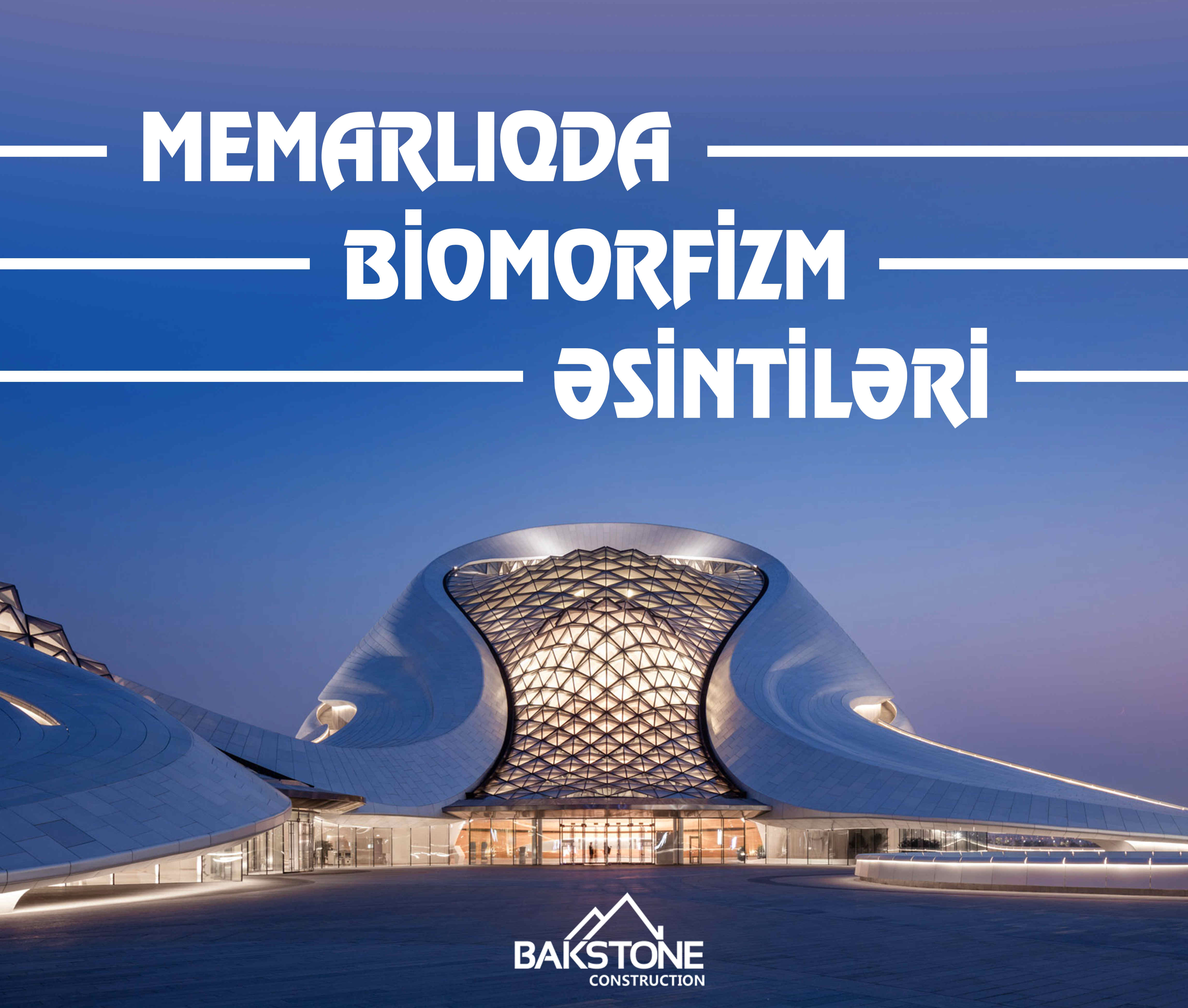
In the context of modern art, the term was coined by the English writer Geoffrey Grigson in 1935 and later used by Alfred H. Barr in the context of the 1936 exhibition "Cubism and Abstract Art". Biomorphist art focuses on the power of natural life. Biomorphism also has a direct relationship with surrealism and Art Nouveau.
The Tate Gallery's online dictionary article on 'Biomorphic Form' states that although these forms are abstract, they 'see or evoke living forms...'. The article lists the works of Joan Miro, Jean Arp, Henry Moore, and Barbara Hepworth as examples of artists who exemplify the use of biomorphic form.
Antoni Gaudí's Sagrada Familia in Barcelona contains many features inspired by nature, such as "branching columns" designed to reflect trees.
Other well-known examples of biomorphism in architecture include Fariborz Sahba's Lotus Temple in New Delhi, based on a lotus flower.
Victor Papanek (1923-1999) was one of the first American industrial designers to use biomorphic analysis in design assignments. He gained international fame while at Purdue University from 1964 to 1970. His student work was described in the 1970 book Design For The Real World. It was first published in Swedish by Bonnier in 1970, in English by Pantheon in 1971, and eventually translated into 23 languages. It is perhaps the most widely read book on design.
Our specialists will call you back within 15 minutes to consider your request.